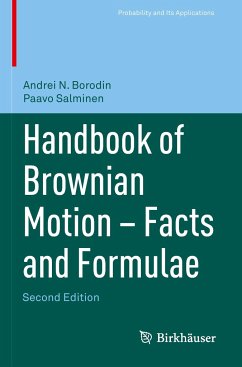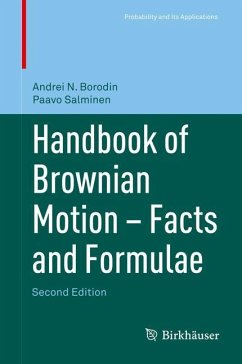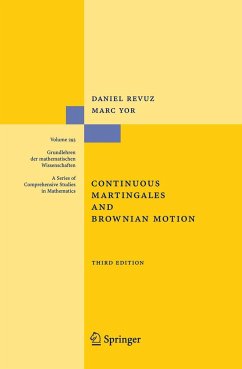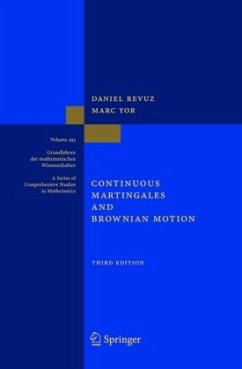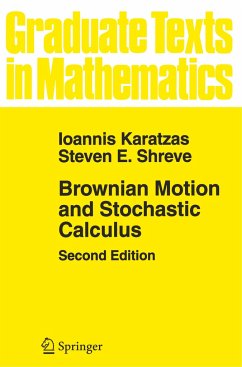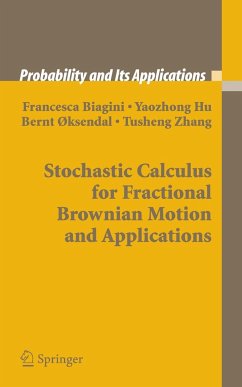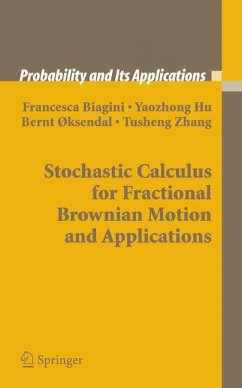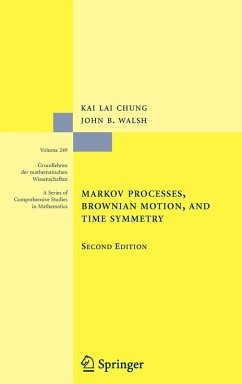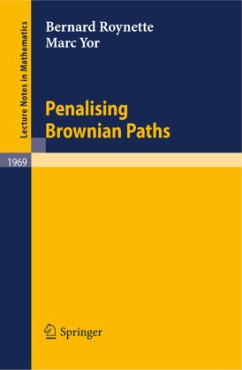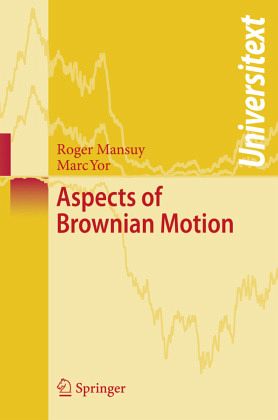
Aspects of Brownian Motion

PAYBACK Punkte
19 °P sammeln!
Stochastic calculus and excursion theory are very efficient tools to obtain either exact or asymptotic results about Brownian motion and related processes. The emphasis of this book is on special classes of such Brownian functionals as:- Gaussian subspaces of the Gaussian space of Brownian motion;- Brownian quadratic funtionals;- Brownian local times,- Exponential functionals of Brownian motion with drift;- Winding number of one or several Brownian motions around one or several points or a straight line, or curves;- Time spent by Brownian motion below a multiple of its one-sided supremum.Besid...
Stochastic calculus and excursion theory are very efficient tools to obtain either exact or asymptotic results about Brownian motion and related processes. The emphasis of this book is on special classes of such Brownian functionals as:
- Gaussian subspaces of the Gaussian space of Brownian motion;
- Brownian quadratic funtionals;
- Brownian local times,
- Exponential functionals of Brownian motion with drift;
- Winding number of one or several Brownian motions around one or several points or a straight line, or curves;
- Time spent by Brownian motion below a multiple of its one-sided supremum.
Besides its obvious audience of students and lecturers the book also addresses the interests of researchers from core probability theory out to applied fields such as polymer physics and mathematical finance.
- Gaussian subspaces of the Gaussian space of Brownian motion;
- Brownian quadratic funtionals;
- Brownian local times,
- Exponential functionals of Brownian motion with drift;
- Winding number of one or several Brownian motions around one or several points or a straight line, or curves;
- Time spent by Brownian motion below a multiple of its one-sided supremum.
Besides its obvious audience of students and lecturers the book also addresses the interests of researchers from core probability theory out to applied fields such as polymer physics and mathematical finance.





